Our Work
CRISPR/Cas Gene Editing
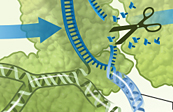
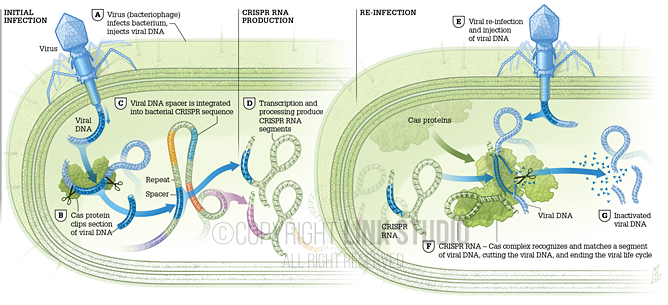
How CRISPR and Cas Protect Bacteria from Viruses
When infected by a virus, a bacterial cell clips a bit of viral genetic material and saves it as a spacer between the repeats in CRISPR. Transcription and processing of the DNA spacers produces CRISPR RNA segments. When another virus comes along that matches one of these RNAs, the Cas protein cuts the viral gene, ending the virus’s life cycle. This bacterial defense mechanism provides immunity against viral invaders.
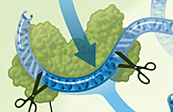

How CRISPR and Cas Protect Bacteria from Viruses – Image Detail
When infected by a virus, a bacterial cell clips a bit of viral genetic material and saves it as a spacer between the repeats in CRISPR. Transcription and processing of the DNA spacers produces CRISPR RNA segments. When another virus comes along that matches one of these RNAs, the Cas protein cuts the viral gene, ending the virus’s life cycle. This bacterial defense mechanism provides immunity against viral invaders.
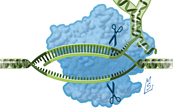
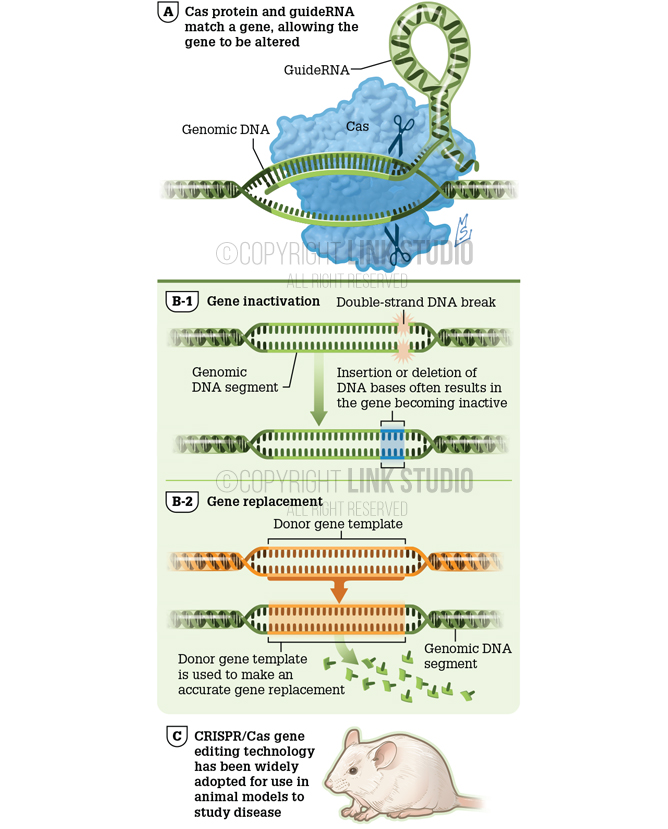
CRISPR/Cas technology
CRISPR/Cas technology can be used to modify, delete, and/or replace new genes. The use of this technology is rapidly expanding in the scientific community to develop animal models of disease.
Client
- Federation of American Societies for Experimental Biology (FASEB)
Category
- Medical Illustration
Industry
- Pharma / Biotechnology
- Academic
- Publishing
Audience
- General Public
- Healthcare Professionals
Specialty
- Cell / Molecular Biology
- Biotechnology